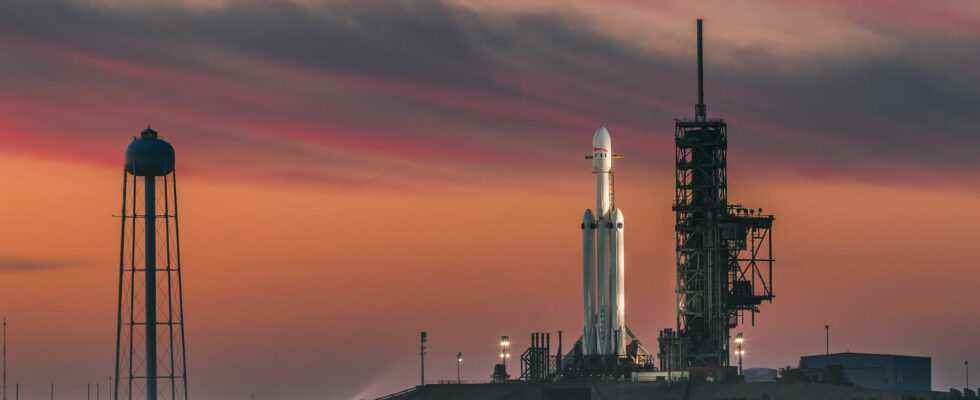NASA relies on SpaceX’s Falcon Heavy rocket to launch its telescopeNancy-Grace-Roman in space. The contract won by the private company is impressive: it amounts to$255 million.
The James Webb Telescope is attracting a lot of attention, but another space observatory project is also keeping NASA busy. The space agency intends to start the space mission of the Nancy-Grace-Roman, a future infrared telescope,by 2027. For it to take off from the earth’s surface, NASA is calling on a private company: it will be SpaceX that will launch the mission, we learned on July 19, 2022.
theNancy-Grace-Roman will be sent into space aboard a Falcon Heavy rocket. The launch is scheduled to take place from Launch Complex 39 at the Kennedy Space Center in Florida. It is planned to organize the take-off in October 2026.
Without competition to SpaceX, prices inflate
” The total cost to NASA to launch the Roman telescope is approximately $255 million, which includes launch service and other mission-related costs “, underlines NASA. As does to remark on Twitter the author of the YouTube channel Techniques Spatiales, this is the highest amount ever paid by NASA to SpaceX, in order to carry out a single launch.
By comparison, SpaceX won a contract last year to launch the Europa Clipper mission in October 2024, for an amount of around $ 178 million. SpaceX is making its Falcon Heavy rocket available starting at a price of $97 million. As SpaceNews points out, the company likely had no competition on the launch of the Roman telescope, which would explain the skyrocketing costs. And for NASA, this mission is crucial.
The future Roman space telescope will see much wider than Hubble already does. Among his many activities, he will have to contribute to a better understanding of dark energy, dark matter, as well as exoplanets. Originally named the Wide Field Infrared Survey Telescope (WFIRST), it was eventually renamed in honor of Nancy Grace Roman, NASA’s first female executive and “mother of Hubble”.
